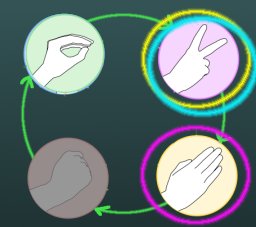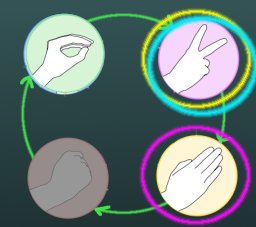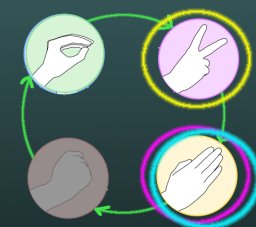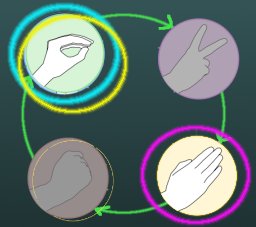In another weak moment I was pondering progress and whether in some sense people have become better, or the world has become better. It’s a huge topic of course, look it up through a Google search, “Is the world improving?” It will show you a lot of pessimism. On the other hand, Noam Chomsky, an unusually harsh critic (which is excellent since he knows and understands so much), said “Slowly, over time, the world is becoming more civilized, in general“.
My immediate prompt was seeing all this technology around me, an “iphone” here, SSD memory there, oodles of websites with free photos, people coming up with new stuff like bitcoin, quora, about.me, groklaw.net, some dubstep music. It adds up, and it made me think how fast everything is nowadays, and whether people were really slower in the past. There is no one around coming up with loads of, for example, impressive symphonies or novels anymore, as far as I know. There’s loads of average products that one hears about, like for example, Windows Vista. I think being prolific doesn’t quite mean the same anymore. So it’s not clear cut to me.
How to measure?
Now my pondering led me to think about how could one measure this, how could one find an objective answer, how to do a better job at resolving the question. A connection with my personal ongoing tasks of filing tax returns led to this: as you’re probably aware, accountants are updated about all kinds of goings-on in a business. Wouldn’t it be nice if one could look up the “books” of fifty years ago, 25 years ago, and find “the data”.
I run a small company, The Buckmaster Institute, Inc, and I can well see how accounting is useful, if only in providing one perspective. Every little piece counts, after all. I can understand the accountant’s approach, I have learned from conversations with some professionals. I know about software and how it is used for accounting. I have recommended against the naive use of spreadsheets (still need to write those stories up). I have personal insights into the amount of effort that goes into accounting.
Resource Allocation
Have you heard about economists talk about “resource allocation”? For example, free markets are declared to be good at “allocating resources efficiently” by to some of those economists. Then this improvement in resource allocation should show up in the “books”, no? In as much as a drop in the efficient allocation of resources would be a sign that the world is getting worse, we might find evidence for the world improving in the financial statements of the businesses of today. Compare the figures to the financial statements from decades ago and we would see whether the world is getting better, maybe only in some small area. But it would be a start.
Doesn’t work
I think you’ll agree it’s not going to work. They very likely didn’t record the right numbers and amounts.
Should we call it -1 points for the accountants? Or would you go so far as assessing a full -10 points?
Or do you disagree? Please elaborate by posting a comment below; that would be exciting to learn about! If you think a mere comment would not do your insights justice, please contact me (@stephanwehner on twitter, and we’ll take it from there)
Related Questions
Other slightly related questions that I have not been able to resolve are:
- What are the recent breakthroughs in the accounting world?
- Who are the heroes of accounting (what Steven Hawking is to black holes)?
- Who do young accountants look up to and draw their inspiration from?
- What are the present “open problems” in accounting? Which obstacles are hindering the full bloom of the profession?
- Whither accounting: Is there a roadmap? Or is it all just happy-go-lucky?
Help!
Any hint or pointer would be greatly appreciated! Don’t think your insight might be insignificant. Please don’t think there is a limit on space or time, and we cannot handle all responses. Please help by leaving a comment now. Thanks so much.




